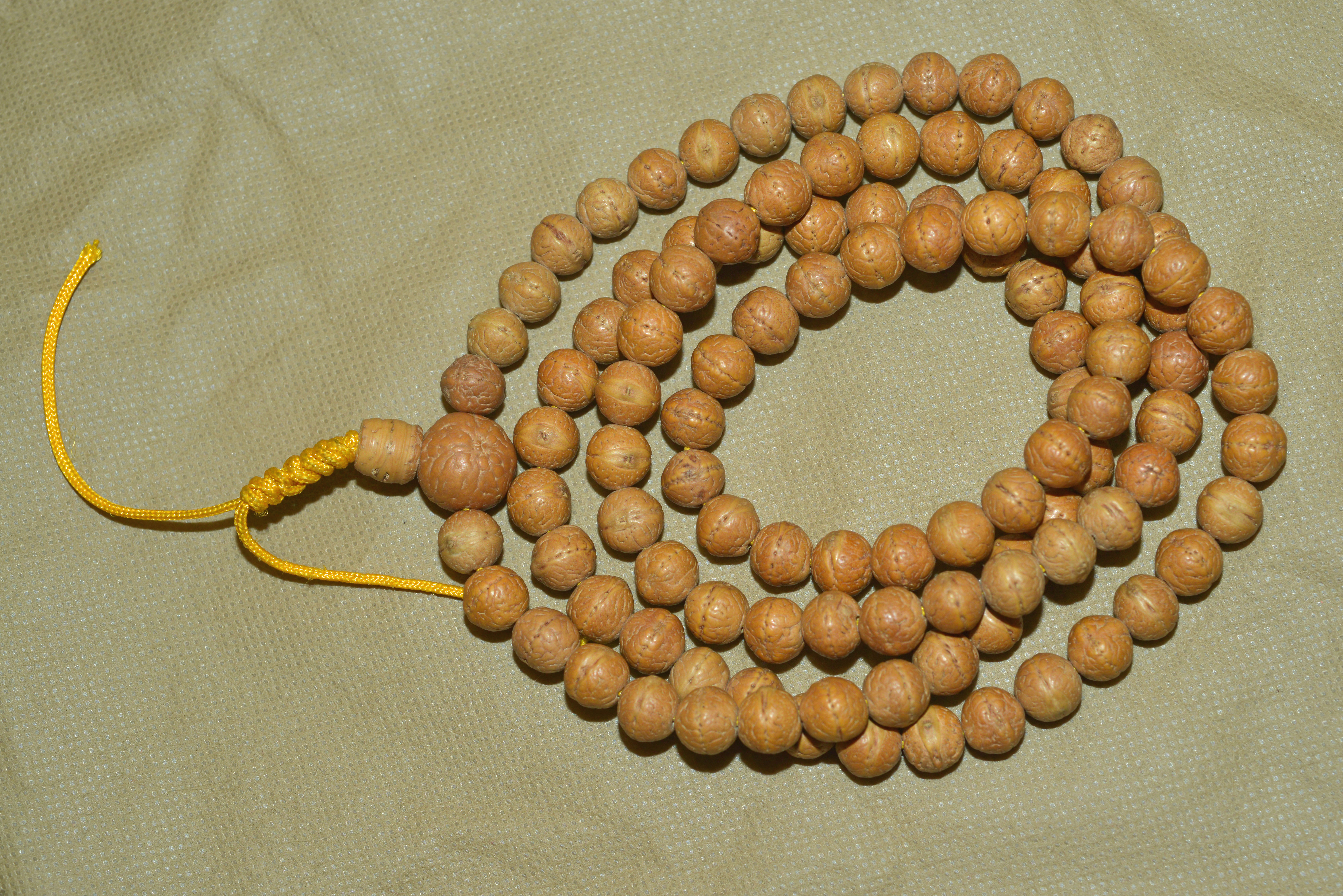Ziziphus budhensis on:
[Wikipedia]
[Google]
[Amazon]
''Ziziphus budhensis'' is a species of
 ''Ziziphus budhensis'' has an edible fruit and the tree is also used as cattle fodder. The seeds are used as beads to make ''mala''s (rosaries), known as Bodhichitta malas, Buddha chitta mala, or Bodhi seed malas, used in
''Ziziphus budhensis'' has an edible fruit and the tree is also used as cattle fodder. The seeds are used as beads to make ''mala''s (rosaries), known as Bodhichitta malas, Buddha chitta mala, or Bodhi seed malas, used in
Buddha’s Beads Fetch Millions for Farmers in Central Nepal
budhensis Trees of Asia Agriculture in Nepal Products of Nepal Endangered plants Trees of Nepal {{Rhamnaceae-stub
plant
Plants are predominantly photosynthetic eukaryotes of the kingdom Plantae. Historically, the plant kingdom encompassed all living things that were not animals, and included algae and fungi; however, all current definitions of Plantae exclud ...
in the family Rhamnaceae
The Rhamnaceae are a large family of flowering plants, mostly trees, shrubs, and some vines, commonly called the buckthorn family. Rhamnaceae is included in the order Rosales.
The family contains about 55 genera and 950 species. The Rhamnaceae h ...
endemic
Endemism is the state of a species being found in a single defined geographic location, such as an island, state, nation, country or other defined zone; organisms that are indigenous to a place are not endemic to it if they are also found elsew ...
to the Temal region of Kavrepalanchok in Bagmati Province
Bagmati Province ( ne, बाग्मती प्रदेश, ''Bagmati Pradesh'') is one of the seven provinces of Nepal established by the constitution of Nepal. The province is Nepal's second-most populous province and fifth largest provinc ...
.
Description
The tree grows to be eight to ten meters tall. It is dimorphic. The sterile branches have longer spines, and the fertile branches have shorter spines or no spines. The alternate leaves are ovate and elliptic. It has white flowers in March and April. It fruits in May through August.Economic and religious value
 ''Ziziphus budhensis'' has an edible fruit and the tree is also used as cattle fodder. The seeds are used as beads to make ''mala''s (rosaries), known as Bodhichitta malas, Buddha chitta mala, or Bodhi seed malas, used in
''Ziziphus budhensis'' has an edible fruit and the tree is also used as cattle fodder. The seeds are used as beads to make ''mala''s (rosaries), known as Bodhichitta malas, Buddha chitta mala, or Bodhi seed malas, used in Tibetan Buddhist
Tibetan Buddhism (also referred to as Indo-Tibetan Buddhism, Lamaism, Lamaistic Buddhism, Himalayan Buddhism, and Northern Buddhism) is the form of Buddhism practiced in Tibet and Bhutan, where it is the dominant religion. It is also in majo ...
worship. These are highly valued with a mala of 108 beads costing up to 80 thousand Nepalese Rupees. However the price of the mala varies according to the diameter and the face of the seed. Smaller the diameter bulkier is the price. Similarly mala with one face is most expensive followed by five faced, four faced, three faced, 2 faced and so on. Reportedly the Timal region boasts an annual Buddhachitta trade worth one billion Nepali rupees ($9.8 million) and the beads are being exported from Nepal to India, China, Singapore, Japan, and Korea. The Government of Nepal's Ministry of Forestry has established a committee and has begun to distribute the seedling of the plant so as to uplift the economic status of the people living in this area. Numbers of nurseries have been established raising the seedling of it. The price of the seedling varies according to the date of germination and the face of the seed.
References
External links
Buddha’s Beads Fetch Millions for Farmers in Central Nepal
budhensis Trees of Asia Agriculture in Nepal Products of Nepal Endangered plants Trees of Nepal {{Rhamnaceae-stub